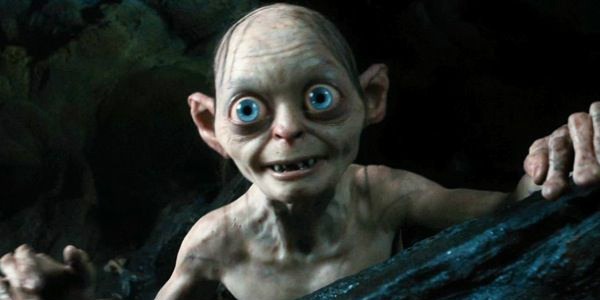
Short films under 5 minutes, by nature, do not typically adhere to the same structure a feature, or even a 30-minute episodic show would follow. Quite literally; they’re too short. There’s no room to develop a three-act structure, or for even a character to grow through an arc as they would in a 90-minute feature. Instead, shorts tend to focus on spectacle, a clever twist; a moment that leaves you thinking. David F. Sandberg had great success with his short horror films, which since has brought him to the forefront of Hollywood with films such as Annabelle: Creation and Shazam.
Although this is not to say that we never see short films under five minutes present character growth. Check out this beautiful piece from Charlotte Regan.
However, when shorts navigate past the 5-minute line and head toward a 10-15-minute runtime, you will start to see typical narrative elements seep into the story. Such as the story becoming character driven or plot driven. But what’s the difference between these two structures?
Let’s take a look.
Plot Driven
Sometimes, finding the difference between the two is a slight blur. We’re going to use two iconic films to explain the difference; The Lord of The Rings written by Fran Walsh, Philippa Boyens, and Peter Jackson, and The Dark Knight written Jonathan Nolan and Christopher Nolan, with story by Christopher Nolan and David S. Goyer.
If you think about the sheer amount of characters in Lord of The Rings, it would be a sure-fire bet that the film is plot-driven, right? (If you haven’t seen or read Lord of The Rings, there are a lot of characters).
Well, not so much. Its plot driven. As the circumstances are beyond the control of the characters.
A plot driven story is one where the plot defines who a character is. For example, if you remove Legolas from the story, and replace him with another Elf, who has different characteristics, tiny elements of the story would change, but it doesn’t cause the structure of the entire story to collapse. At the end of the film, Legolas is a different man Elf than he was before because of the incidents that took place in the plot. But those characteristics of the character did not alter the plot. Even if you remove Frodo, who is more or less the main protagonist and replace him with another Hobbit, the event, which is the battle for middle earth still takes place, the call to action still exists.
If creating a short film that is plot-driven, ideally, the characteristics of the plot should be at the forefront to draw the viewer into the story. While character traits are essential so the viewer can relate to the story, you will need to establish the rules of the plot over the character.
Here are solid examples of plot-driven short stories, where the overall elements of the central character offer little impact to the short.
Character Driven
Moving onto The Dark Knight, we can break this down as a character-driven story. If you change the smallest trait about one of the primary characters, the dynamic of the whole story changes. Likewise, and more predominantly, if you were to remove the main character from the story, Batman in this instance, unlike The Lord of The Rings, there would not be a story left to tell. Batman’s presence in the world creates the actions and the incidents which drive the story. This is a character-driven plot; the character progresses the story.
The following short films are great examples of character-driven short films.
As stated, the line can often become blurred. With Lord of The Rings, Frodo does bring the story to its culmination, but the events of the narrative would have still progressed without him. The good guys would have just lost. And this is a great way to identify which narrative structure is being used.
Wipster's Position on your Data and Content Rights
A lot has been made recently about Adobe's far-reaching Terms of Service, which grant them the right to access all their customers' content through...


